2017 is poised to be a promising year for venture capital activity. Startup companies — and the venture capital funds that invest in them — enjoyed a blistering 2015 in which investors deployed $60 billion in venture funding, the second highest total since 1995.
2016 included the minor correction that many industry leaders had called for, as funding hit a low during the first quarter of the year. The market for technology IPOs was nearly non-existent. At one point in 2016, only 17 percent of startup companies voiced an ambition to IPO. The obsession with unicorns (companies worth more than $1 billion) has somewhat waned.
As we look ahead, the commercial climate is cause for cautious optimism. Venture funds are largely flush with cash, tech M&A activity is surging (see Microsoft’s $26-billion acquisition of LinkedIn or Symantec’s nearly $5-billion acquisition of Blue Coat Systems as examples) and Snap’s successful public offering has redirected the world’s searchlights onto Silicon Valley.
I caught up with Craig Jacoby, partner in Cooley LLP’s Emerging Companies Group, to discuss the latest strategies involved in financing your company’s growth. Jacoby has a sterling client list (including Yelp and New Relic) that he advises from Cooley’s San Francisco office — and has led hundreds of successful startup financings.
Traditional VC structures: the tried and true
Priced equity rounds
A priced round is defined as a sale of stock in your company at an agreed-upon price per share. Upon the consummation of the transaction, investors become owners in your business. “Priced equity rounds are often the best solution for entrepreneurs,” explains Jacoby. “The terms are set today, and the necessary documents and infrastructure are put in place to ensure that the company can continue to scale effectively in future rounds.”
The upfront cost often pushes founders away from priced equity rounds. “However, for companies and investors that are generally agreeable, a deal can be closed for as little as $10,000-$15,000 on the investor side and not necessarily a whole lot more than that on the company side. When you account for the incremental cost of a note deal, and then also account for the benefits of having clean documents in place, it means that priced equity rounds can actually save significant costs in the long run,” Jacoby says.
Convertible debt
Convertible debt consists of “short-term notes, and is commonly used for financing rounds for early-stage companies before or between priced equity rounds,” Jacoby says. “The notes convert to equity when the startup completes its next equity funding round, typically within 12 to 24 months. A crucial distinction between convertible debt and priced equity rounds is that convertible debt allows the company to defer valuation until that next funding round.”
“Convertible debt can include traps for both entrepreneurs and investors,” Jacoby adds. “One widespread change in convertible notes over the last 10 years has been the increasing prevalence of valuation caps…

